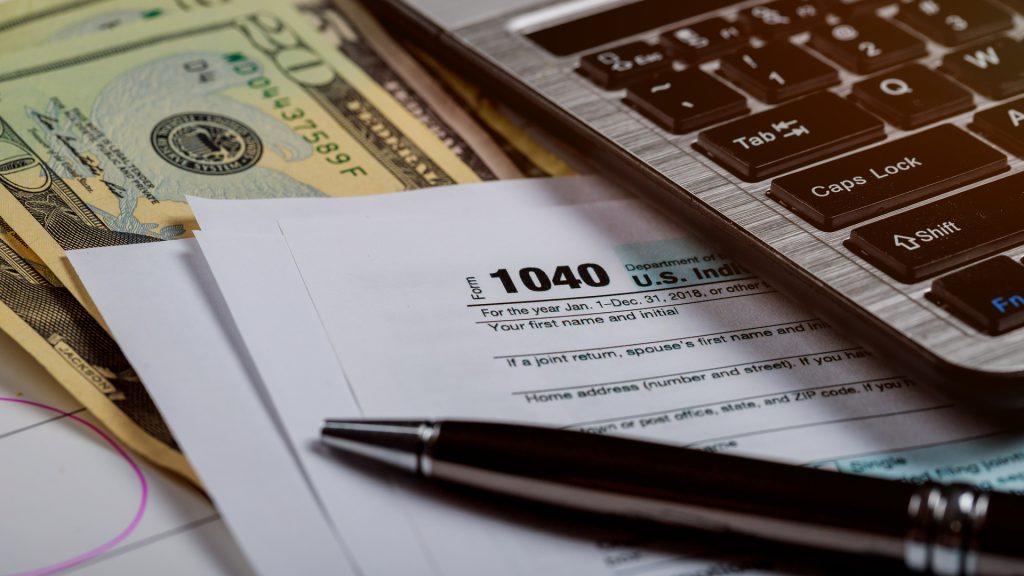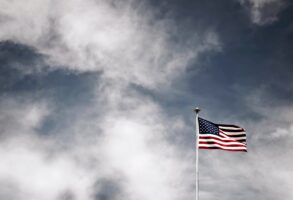
Published April 15, 2019
Democratic Party leaders and presidential candidates so often tell us that we can have significantly more domestic services and pay for it by hiking taxes on the wealthy and large corporations. Would that it were so simple.
Ask a Democrat what sort of America they want to build, and they’ll give you examples of things some other country has that they want to bring here. Finnish education, Canadian single-payer health care, European public transit — the list goes on and on. Sen. Bernie Sanders (I-Vt.) is the most open about his dream: He’s said that he wants the land of the free and the home of the brave to look a lot more like Denmark.
What Democrats loathe to mention, however, is that Finns, Canadians and Danes pay for their services the old fashioned way — with higher taxes on everyone. Denmark, in fact, a perfect example of the logical conclusion of Sanders’s dream.
Denmark was long the highest taxed country in the world until France surpassed it in 2017. The country as a whole pays 46 percent of its gross domestic product in taxes, much higher than the United States’ 27 percent. They get this high level of revenue by taxing ordinary citizens at extremely high levels.
Take the income tax. Including all levels of tax, Danes making a bit more than 542,000 Danish krones pay a 56.5 percent marginal income tax rate. That sounds fine until you learn that it takes 6.6 krones to equal one U.S. dollar. That 542,000 krone income is equivalent to a bit more than $80,000 a year. Yikes!
The taxes don’t stop there. Danes also pay a value-added tax (VAT) of 25 percent on almost everything they buy or consume, including services. Clothes, cars, smartphones and even haircuts all get 25 percent added directly into the price. They call the tax the Momsloven. Though the Danish word has nothing to do with what it sounds like in English, many Americans would find a mother’s love like this a form of abuse.
Denmark is admittedly an extreme example, but no country pays for its welfare state with high taxes on the wealthy and on corporations. The recently passed tax bill that reduced the federal tax on large corporations to 21 percent only moved the United States in line with the international average. When you add in our state and local corporate income taxes, the Organization for Economic Cooperation and Development estimates the average corporate tax rate in the United States to be 25.9 percent, higher than the Danish 22 percent or the Swedish 21.4 percent.
Canada is a good example of a mild version of what Americans would pay under a realistic social welfare expansion plan. Canada’s combined corporate tax is about the same as ours, at 26.8 percent. And after combining federal and provincial rates, their highest marginal personal tax rate — Quebec’s 58.8 percent — isn’t that much higher than America’s highest combined rate, California’s 50.3 percent. So why does Canada have universal single-payer health insurance and we don’t?
They get their health care because those high marginal rates kick in at much lower incomes. Quebec’s top rate of 25.75 percent starts at about 106,000 Canadian dollars, or about $79,000. The top Canadian federal rate of 33 percent starts at 210,000 Canadian dollars, or a bit more than U.S. $150,000. There are also fewer deductions in Canada — including no mortgage interest deduction. Put it all together, and upper middle-income Canadians pay significantly higher income taxes than comparable Americans.
Canadians of all incomes also pay higher sales taxes. The federal government levies a 5 percent VAT on all goods and services. Except for oil-rich Alberta, which has no provincial VAT, every province adds their own VAT on top of the federal rate. The result: Most Canadians pay VAT rates of between 11 and 15 percent on everything they consume, roughly double the average U.S. rate.
Democrats might say that we could save a lot of money by cutting our defense budget, but these countries already have much lower defense budgets than we do. The United States pays about 3.4 percent of its GDP on defense spending. Canada pays only 1.3 percent while Denmark pays slightly less. So Danes and Canadians benefit from significantly lower defense spending than do Americans and they still pay much higher taxes.
The U.S. budget deficit is one reason for our much lower taxes. Denmark actually ran a budget surplus in 2017 while Canada had a budget deficit of less than one-half of one percent of GDP. The United States, on the other hand, had a budget deficit of more than 4 percent of GDP. If we were anywhere close to being fiscally responsible, our tax burden would likely be significantly higher than it is — but that burden, like in other countries, would not fall mainly on the rich.
Americans often grumble about their taxes every April 15, but the fact is that for all the complaints about waste, fraud and abuse, we do get a lot for what we pay. Other countries’ citizens get more, but they also pay more — a lot more. As we consider the Democratic candidates’ proposals, we should think about the real trade-off they propose. We can get more, but only if we pay the piper ourselves.
Henry Olsen is a Washington Post columnist and a senior fellow at the Ethics and Public Policy Center





